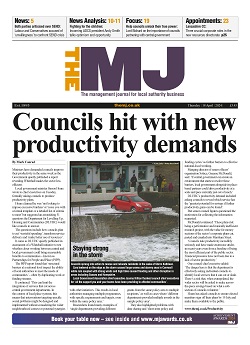A few months back Ipsos MORI produced a report suggesting that we should stop regarding all old people as hopeless dependents on the state, merrily bankrupting millennials, and start bracketing them as ‘perennials’ like hardy plants. The rationale behind this is that we absurdly regard old age as beginning from 65, 60, 55 (to cash in pension pots) and even 50 (according to Saga) which means we are talking of a span of at least 20 and as much as 35 years. How on earth can public policy deal with such an extended age range? It is longer than millennials and Generation X combined.
The Ipsos MORI survey set out to establish that stereotypical ideas of old age like frailty and dependency only really apply towards the later years. Many older people, as the newspaper supplements on exotic cruises show, have energetic lives, disposable income and lots of leisure time. Many also work, which offsets labour shortages.
Want full article access?
Receive The MJ magazine each week and gain access to all the content on this website with a subscription.
Full website content includes additional, exclusive commentary and analysis on the issues affecting local government.
Already a subscriber? Login


